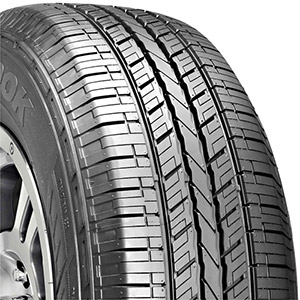keep air from under door
Keeping Air from Under the Door Practical Solutions
In any household or commercial setting, managing airflow is crucial for maintaining comfort and efficiency. One common issue many people face is the unwanted flow of air under doors. This can affect heating and cooling systems, reduce energy efficiency, and even cause uncomfortable drafts. In this article, we will explore practical solutions to prevent air from escaping or entering under doors while enhancing comfort and energy efficiency.
Why Air Leaks Matter
Air leaks can lead to numerous issues. For one, they can cause significant energy loss, which translates to higher utility bills, especially in extreme weather conditions. A drafty room can also lead to discomfort, making it hard for occupants to maintain a consistent temperature. Furthermore, air leaks can introduce dust, allergens, and even pests from the outside, which could affect indoor air quality.
Identifying the Problem
Before implementing solutions, it's essential to identify where the drafts are coming from. A simple test using a candle or a stick of incense can help you locate air leaks. Move the candle around the edges of the door while observing if the flame flickers. If it does, you've found an area where air is entering or escaping. Additionally, running your hand along the bottom and sides of the door can often reveal cool spots indicating drafts.
Solutions to Keep Air from Under the Door
1. Door Sweeps and Bottom Seals One of the most effective solutions is to install a door sweep or a bottom seal. These features attach to the bottom of the door and create a barrier that reduces airflow. Door sweeps can be made of rubber, vinyl, or bristles, and they come in various sizes to fit different door types. They are relatively easy to install and can be found at most home improvement stores.
keep air from under door

2. Draft Stoppers Draft stoppers, or draft snakes, are another popular solution. These are typically filled with materials like foam or sand and are placed at the base of the door to block the incoming air. They are easy to use and can be stylish, matching the decor of your room. You can also create DIY versions using fabric and filler materials if you enjoy crafting.
3. Weatherstripping Weatherstripping is an excellent option for sealing gaps around the door frame and can be applied to both the top and sides of the door. This helps create a more airtight seal when the door is closed. Various types of weatherstripping materials are available, including adhesive-backed foam, rubber, and V-seal. Selecting the right type depends on the specific area you are sealing and the door's characteristics.
4. Thresholds Installing a new door threshold can also help minimize air gaps. A threshold is a board that sits at the bottom of the door frame, and it can be adjusted to sit flush with the door, reducing airflow. For exterior doors, it’s critical to choose a well-insulated threshold to ensure maximum energy efficiency.
5. Adjusting the Door Sometimes, a door may not close properly due to misalignment. Checking the hinges and adjusting the door can eliminate gaps that allow air to flow through. Tightening screws or replacing worn-out hinges may solve many leakage problems.
6. Smart Alternatives For a more modern approach, consider smart home solutions like automated draft stoppers that can sense when a doorway is in use and adjust accordingly. While these options might require an initial investment, they can add convenience and efficiency in the long run.
Conclusion
Keeping air from under the door is not just about comfort; it is essential for energy efficiency and indoor air quality. By employing one or more of the aforementioned strategies, you can effectively manage airflow in your space. Whether you opt for simple solutions like door sweeps and draft stoppers or invest in weatherstripping and smart home technology, taking action will lead to a more comfortable and cost-effective environment. Don’t overlook the impact of airflow management; addressing these issues can yield immediate benefits for your home or office.
-
Under Door Draught Stopper: Essential ProtectionNewsJul.31,2025
-
Garage Door Seal and Weatherstrips for ProtectionNewsJul.31,2025
-
Edge Banding Tape for Perfect EdgesNewsJul.31,2025
-
Table Corner Guards and Wall Corner ProtectorsNewsJul.31,2025
-
Stair Nose Edging Trim and Tile Stair SolutionsNewsJul.31,2025
-
Truck Bed Rubber Mats for Pickup BedsNewsJul.31,2025
-
Window Weather Stripping for Noise ReductionNewsJul.29,2025